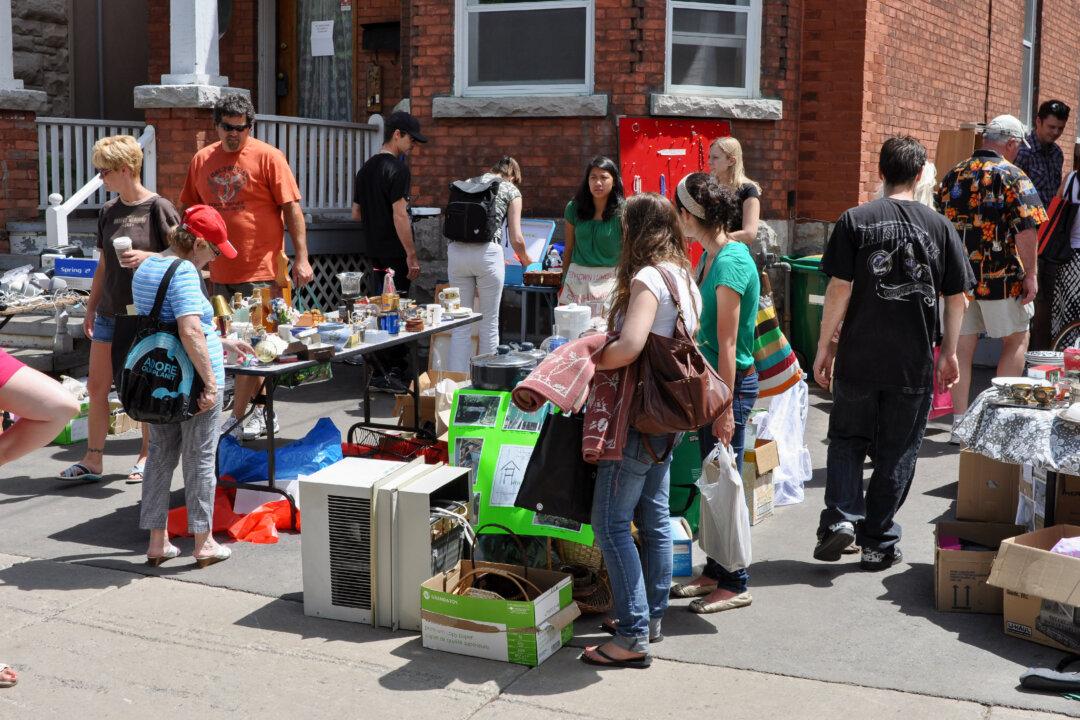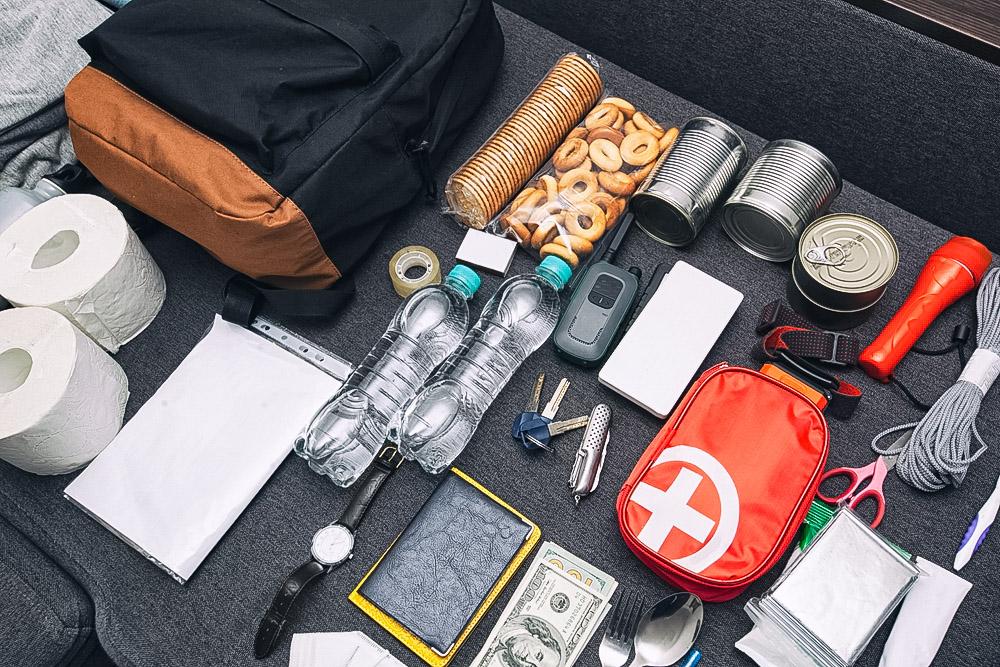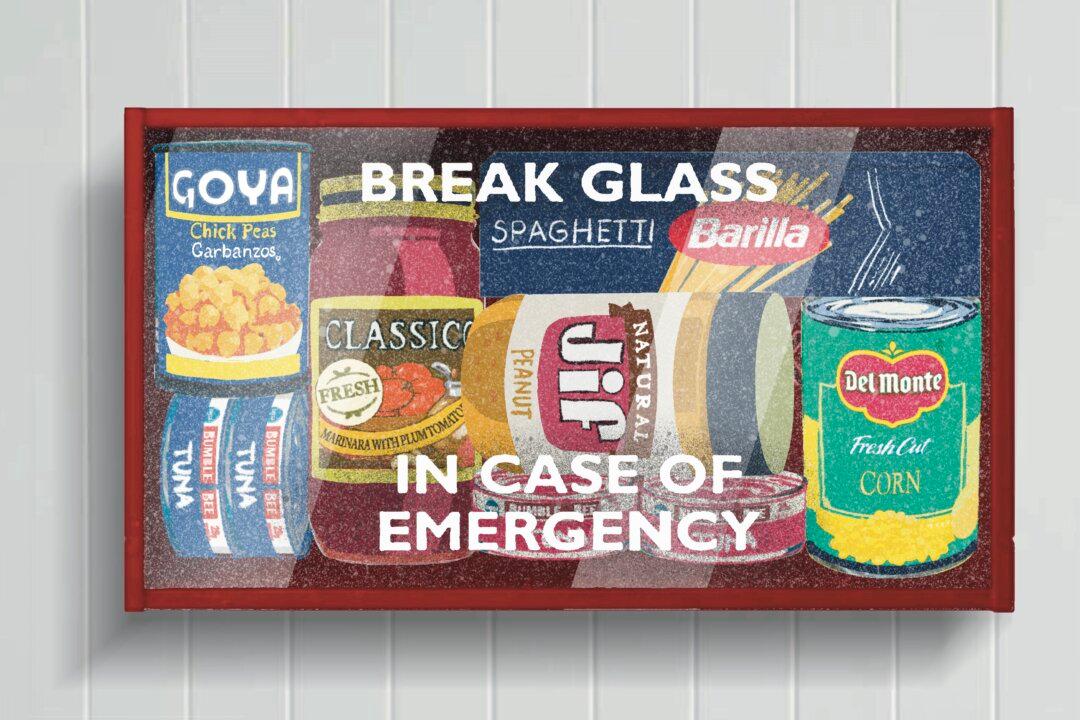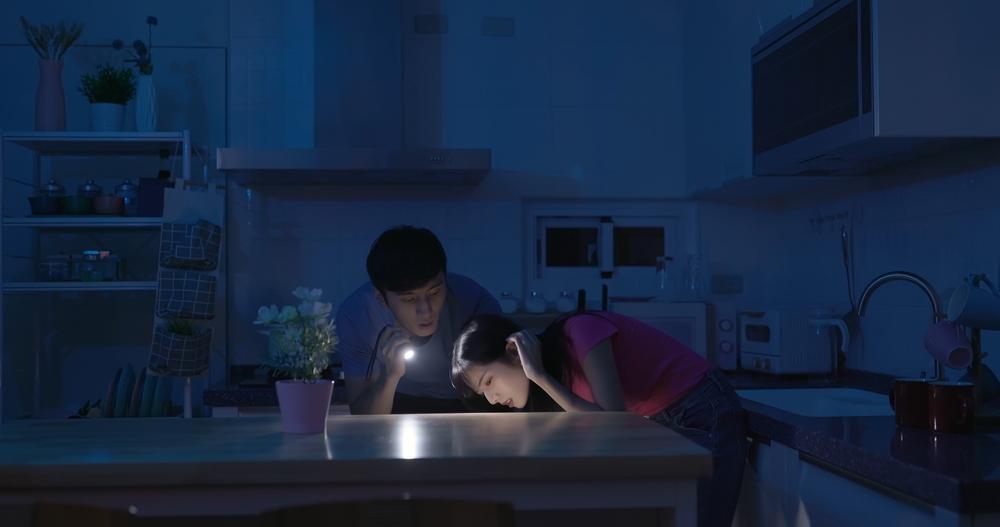If anyone can spend way too much money on a “frugal” project, it’s me. Wanting to become a suburban gardener, with dreams of baskets overflowing with homegrown tomatoes, squash, and blackberries, I launched into the world of square-foot gardening.
Within days, I spent several hundred dollars on special soils, organic compost, raised gardening beds, and dozens of seedlings. Our kids enjoyed watching our plants grow, and those plants would occasionally bless us with a vegetable or two, but the takeaway lesson for me was that gardening is an expensive hobby.





